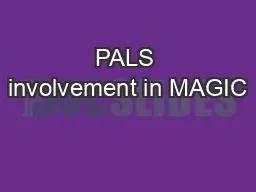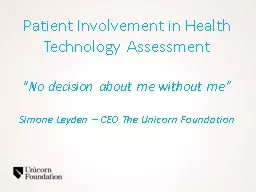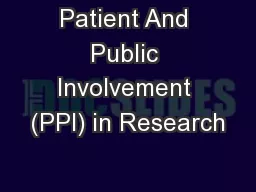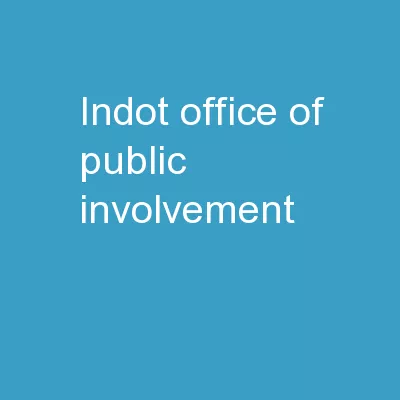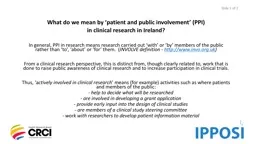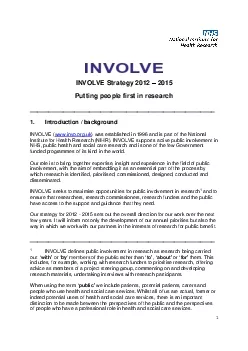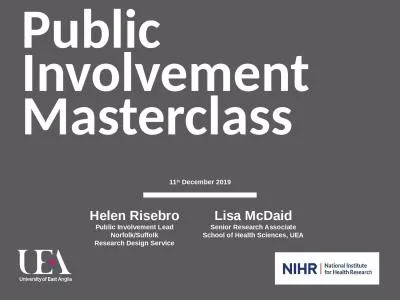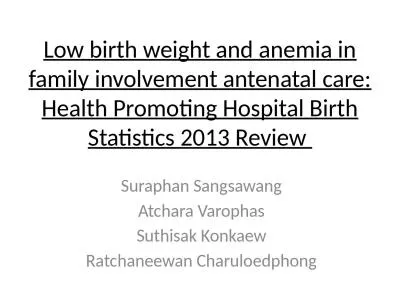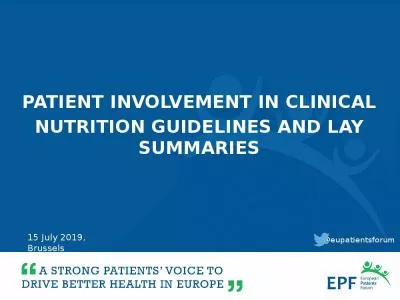PPT-Patient & Public Involvement in research
Author : alida-meadow | Published Date : 2017-06-26
Support for Researchers Working with Public amp Patient Groups Dr Susan Hrisos Senior Research Associate IHS Dr Lynne Corner FMS Director of Engagement May 2016
Presentation Embed Code
Download Presentation
Download Presentation The PPT/PDF document "Patient & Public Involvement in rese..." is the property of its rightful owner. Permission is granted to download and print the materials on this website for personal, non-commercial use only, and to display it on your personal computer provided you do not modify the materials and that you retain all copyright notices contained in the materials. By downloading content from our website, you accept the terms of this agreement.
Patient & Public Involvement in research: Transcript
Download Rules Of Document
"Patient & Public Involvement in research"The content belongs to its owner. You may download and print it for personal use, without modification, and keep all copyright notices. By downloading, you agree to these terms.
Related Documents




